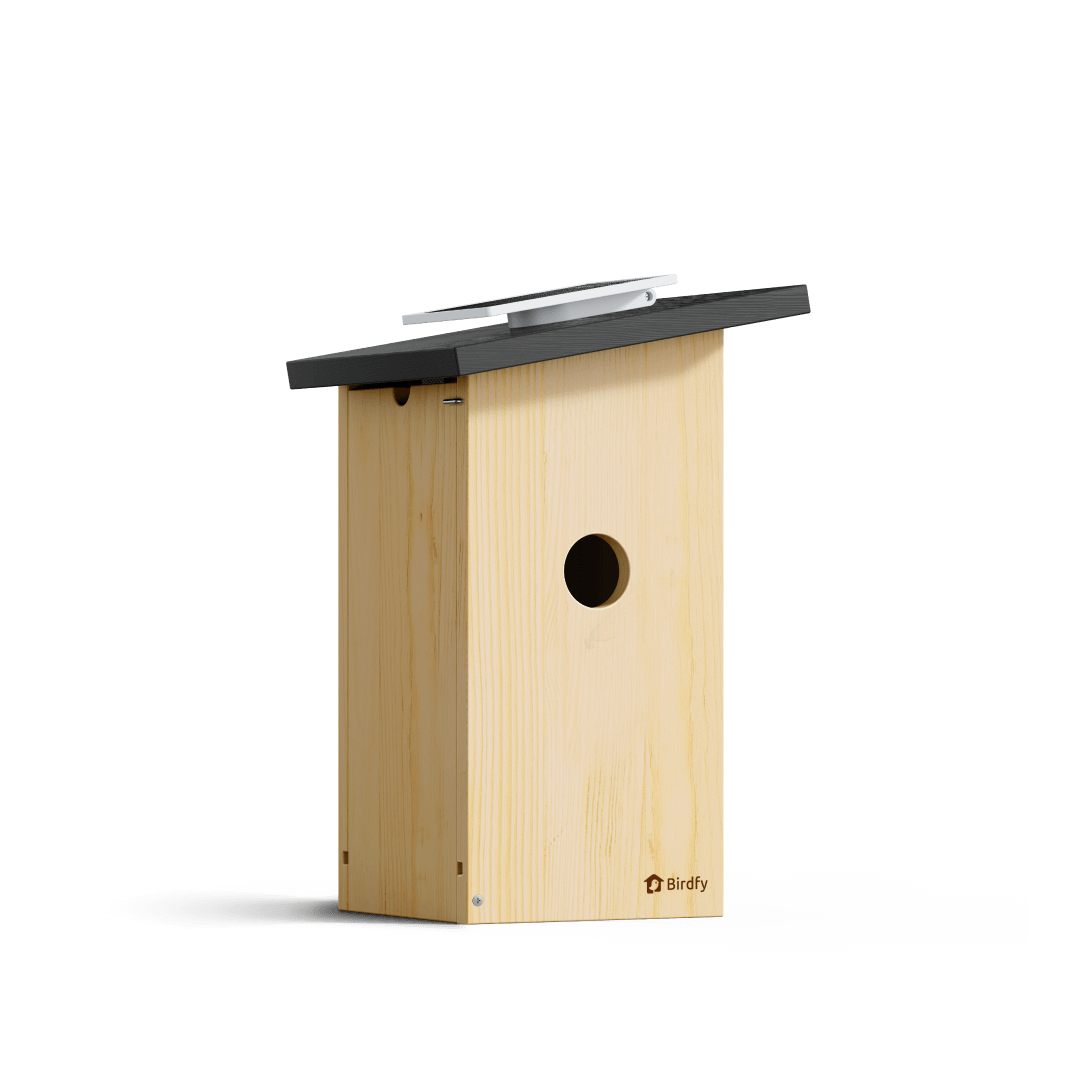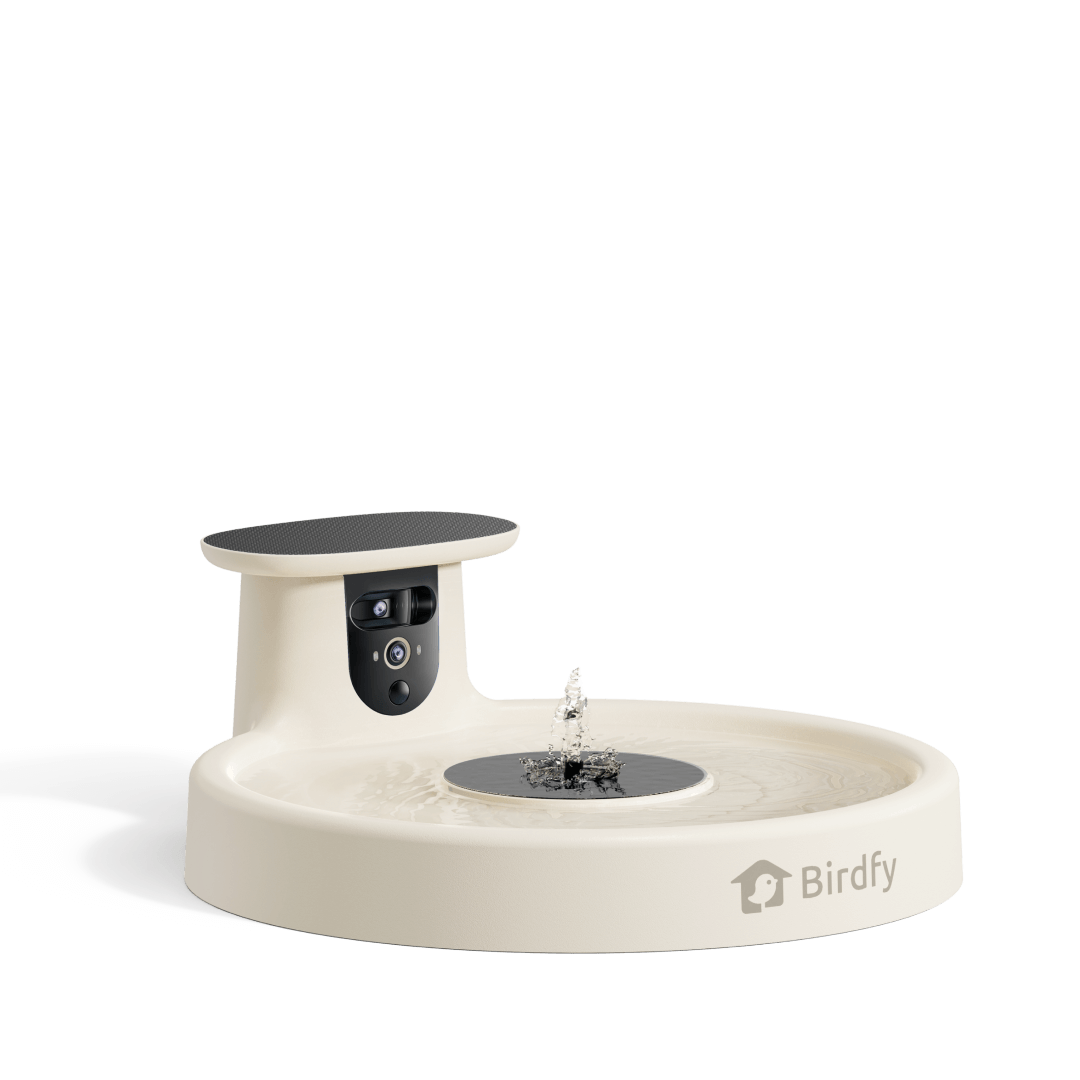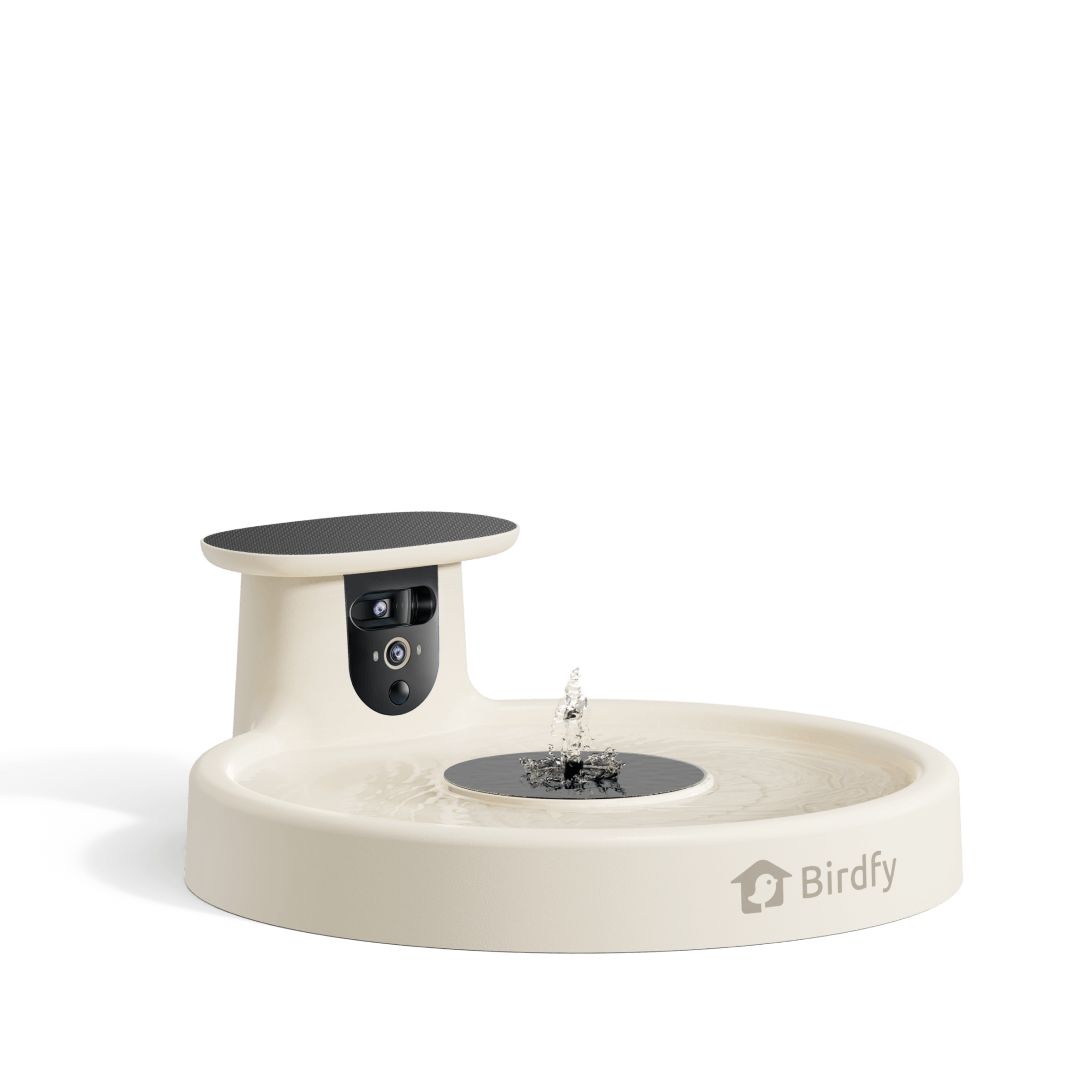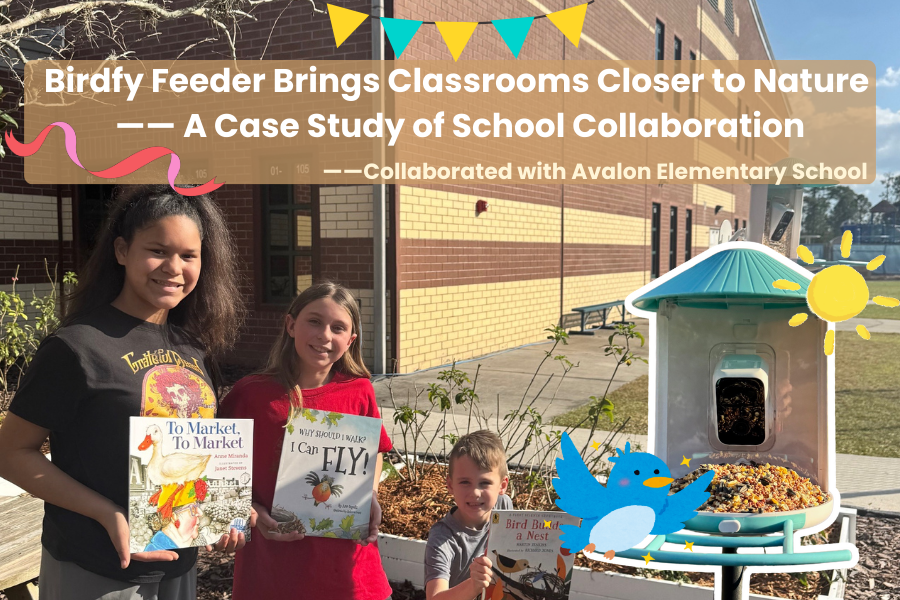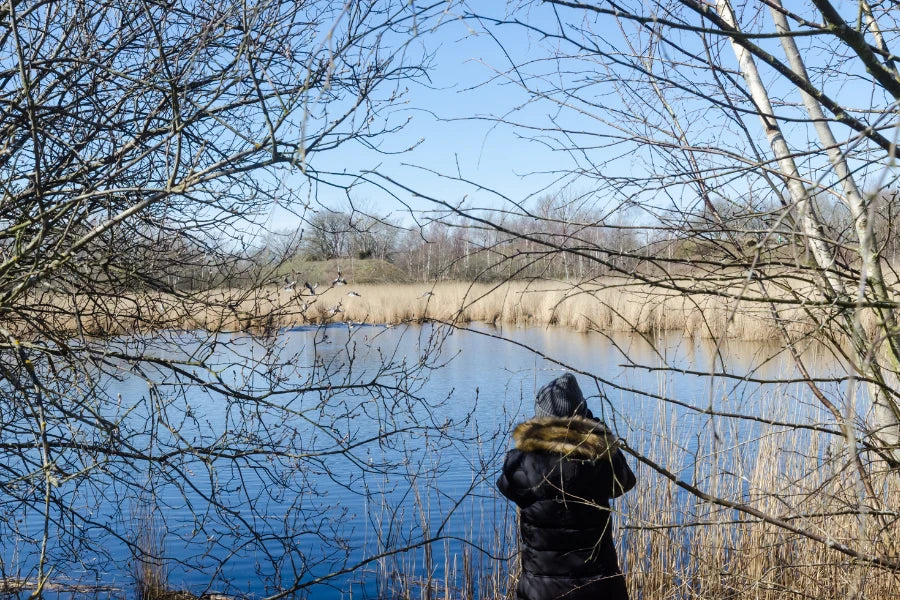12 Birds That Like To Sing At Night
As you may already know, the world is full of beautiful sounds, but some happen quietly. During the day, there are numerous sounds, such as birds chirping, whistling, and singing. But come evening, many a voice drowns in a pool of darkness. It all looks peaceful, and nothing progresses at an alarming rate.
Yet, not everyone sleeps. These have songs that are only sung at night. These songs can be slow and romantic or fast and captivating. Some of them are musical, as the others may bring you somewhat creepy associations. But no matter how they sing, their vocal brings life to the night. Some constitute calls to search for a partner, while others sing to guard their territory. Let's meet 12 amazing birds who love to sing when the world is dark!
1.Northern Mockingbird
This one is full of surprises! It can sing hundreds of songs. That is why it listens to sounds and repeats them. It can identify other birds and insects and even replicate sounds from car alarms. Some claim it has one of the best memories due to its ability to memorize more than 200 sounds. During the night, the males sing loudly to attract females for mating.

Distribution:
Northern Mockingbirds are found in the United States, southern Canada, Mexico, and the Caribbean. They live in warm and cool environments so that they can be spotted in various regions worldwide.
Singing Traits:
They are excellent mimics with diverse melodies. They are often performed in sets of three, mimicking a given sound three times before producing the next sound. Switching from one song to another is usually quicker, as many birds sing simultaneously.
Habitat:
These smart ones are common in urban and suburban areas. They often sing from high perches, sitting atop fences, houses, and trees. Their favorite pastime is singing, especially at night when everyone else is asleep.
2.Common Nighthawk
The Common Nighthawk is different from most others. It does not wake up early and sing for the birds. It is not active during the day but becomes active at night when the sun sets. Another interesting feature of the bird is that it makes an incredible sound during its flight, which sounds like the bird's name. It flies at night, catching insects and singing its tune.

Distribution:
This night flyer is found in forests and shrublands across North America. It resides in open regions within the island where it can fly around and search for its prey at night.
Singing Traits:
It has a rhythmic, rising song that mimics the bird's name. Its low pitch gradually rises, making it easily described. It is very soothing and pleasant to the ears, especially at night.
Day-Night Behavior:
Unlike most, this one is quiet and hidden during the day, vocal and active at night. It remains motionless and camouflaged in branches of trees or on the rocks and becomes active during the night.
3.Barred Owl
The Barred Owl is unlike a singer, for it does not sing. Instead of a sweet melody, it lets out low and persistent hoot calls, which may be eerie at night. Sometimes, it just hoots by itself, but at other times, it will call, and the other one will shoot back, and they will exchange calls. This owl has a conversation-like feel as they sing in the dark together.

Distribution:
This well-known hooter lives in many places, including the eastern United States, western Canada, and the Pacific Northwest. It inhabits the tree-tops, especially in-formed forests with large trees that provide adequate cover during the day as it hunts by night.
Singing Traits:
Its call consists of melancholy hoots with extended notes, often performed as duets during courtship. These sounds can be long and sad and may sound from the forest.
Breeding Behavior:
You will hear it most in spring because repeated nighttime calls are widespread during breeding. They sing to each other to strengthen their relationship and scare off anyone who might approach their territory.
4.Barn Owl
The Barn Owl is different from the Barred Owl. It does not hoot but produces a sharp, shrill noise similar to that of a screech, quite frightening at night. It also tweets and murmurs, especially when young ones are in the nest.

Distribution:
This unique owl is found globally except in Antarctica. It can inhabit various areas, ranging from the forest and farmer's fields to cities.
Singing Traits:
Its voice consists of a high-pitched screech accompanied by clicking and whispering calls, especially from young owls. When hungry, the babies make high-pitched sounds resembling whispers, while the adults emit louder calls at night to ward off intruders.
Observation Tip:
If you want to hear this mysterious one, try placing a nest box. Barn owl boxes may provide opportunities to hear their unique sounds throughout the night. They provide them with one room to build a shelter to sleep while having a place to give birth to their babies.
5.Brown Thrasher
This one is a master of music! It can play more than 1,000 melodies, more than any other. It makes sweet, musical sounds or whistling and chirping melodies. Its voice is equally loud and clear, continuing until the following morning. Most of its songs tend to be noisy and continue into the evening.

Distribution:
The Brown Thrasher is easily found from Mexico to most southern provinces of Canada, but it generally moves further south during winter. It migrates long distances in search of food and a warm climate.
Singing Traits:
Its expressive voice consists of whistles and warbles, which continue until late evening or early morning, especially in the spring and autumn. It is most effective at singing at its best during these times.
Seasonal Patterns:
It is most vocal during the migration periods, spring and fall, though its songs are heard throughout other seasons. Before heading on the journey, it uses its songs to provoke or caution other birds.
6.American Robin
It is a native of North America and one of the most familiar singers. It usually performs in the morning but can sometimes do it at night, too! This is most often observed in areas with enhanced city lighting. For some reason, the lights make it seem that it is still the middle of the day.

Distribution:
This cheerful bird is found all over northern America but is most common in gardens, parks, and woodlands.
Singing Traits:
Its voices are accompanied by calming tunes that can be recognized frequently all year round, especially in regions with light pollution. The tunes have a sweet, catchy melody and a happy, pulsating rhythm.
Seasonal Behavior:
Unlike most species, it does not cease singing during the cold because it can sing during the night in fall and winter because of hormonal stimulation. It may be singing into the night if it is warm or if the lights are on well into the night.
7.Night Heron
This bird becomes active at night. Unlike most herons, this one hunts at night rather than during the day. With its curved back and red eyes, it can sneak through the wetland to feed on fish, frogs, and insects.

Distribution:
It is found in wetlands globally. You can find it in America, Europe, Africa, and Asia. This bird prefers marshy, wetlands, and low-altitude forests near the sea, including reed beds and mangrove forests.
Singing Traits:
This heron produces sounds that add a strange atmosphere to marshes and swamps. Such low-pitch and intense sounds are disconcerting, even if heard while one is awake at night.
Soundscape:
It produces a soothing melody near water or in a foggy swamp with a human-like voice.
8.Common Nightingale
The Common Nightingale is among the most famous singing birds in night habitats. Its voice has inspired poets and musicians for hundreds of years. Despite its reasonably unremarkable appearance, this small brown bird has a flair for vocalization. It also produces outstanding and touching melodies that light up the night like no other accessory.

Distribution:
It was initially found in Europe, Asia, and Africa. It breeds and sings in warm regions and travels between these two continents.
Singing Traits:
This tiny singer boasts a repertoire of over 200 songs performed with rich, flute-like notes. Each song is unique and filled with what can only be described as deep, melodic whistling and trills.
Behavior:
Though often hidden among dense bushes, it still makes its presence known. Despite its shy nature, its songs can be heard over long distances and durations. It can be heard singing through forests and meadows, and its song comes out best during the night.
9.Yellow-Throated Warbler
It is a small bird with a bright yellow throat area and a strong inclination to sing. Unlike significant birds of the day, this bird sings at night, especially during the breeding season.

Distribution:
This warbler can be found in the area's thickets and shrublands. It prefers natural habitats filled with dense plant cover, which makes it nearly invisible to the enemy but easy to hear.
Singing Traits:
It has complex vocalizations consisting of warbles, chirps, and rasps, and the birds also produce loud calls. These advanced complex tunes are short in pitch, making the performance full of tunes.
Singing Season:
Although vocal at any time, it is more vocal during spring because it is especially vocal at night. Males sing this song to attract females and tell other males to leave their territory.
10.European Robin
They are known to sing rather nicely and melodically, which is especially common in the song Thrush. They also do not restrict their singing opportunities to daytime only. It is commonly recorded that artificial light forces them to perform at night in urban settings.

Distribution:
This much-cherished bird can be found throughout most of Europe and some of its neighboring countries. This small mammal is common in woods, gardens, and urban environments.
Singing Traits:
Its voice is inspired by hyperactive sounds related to the theme of urban lighting, giving it a night vocal. The presence remains active at night as streetlights and buildings shape it.
Natural Routine:
Although the structure of city lights may alter its behavior, it is typical to sing at dawn and dusk if artificial lighting does not interfere. In the countryside, it sings sweet melodies in the morning and evening.
11.Killdeer
It is a shorebird whose name comes from its call, which is usually heard at night. It is vocal in the air but chiefly during the migration period.

Distribution:
It is found in moist, shallow-water areas and open country. It can easily dwell on the sandy shores of the seas, rivers, and grasslands.
Singing Traits:
It does not sing; instead, it vocalizes. The calls, chatter, and piercing sounds are given during migration or while flying. These sounds signify a warning to others or the members of their flock.
Birding Tip:
To face this anticipated caller, one should try to find it near shallow waters or vacant fields to capture its unique call. Their vocalizations are most likely to occur when uncomfortable or looking for their group.
12.Black Rail
This bird is categorized as one of the most elusive sublimated bird species. It is that size and is concealed so well that many people do not look at it. However, it is much easier to hear.

Distribution:
It lives in the southeastern United States, the Caribbean, South America, and some parts of the continent. It loves shallow water bodies with ample tall grass growth.
Singing Traits:
Usually, it is a pitch whistle similar to the 'ki-kiku' sound during the night. Due to this particular species' shyness, it gives a short, sharp, distinguishing whistle that is relatively high-pitched.
Elusive Nature:
Even experienced birdwatchers often find them challenging because of their shy and secretive behavior, which is easier to hear than see. Most prefer to make their homes in marshy areas, but they are difficult to spot because they only come out in the mornings to call mates.
Conclusion
It is worth saying that nature does not sleep, and these twelve nightingale-like birds are evidence of that. From the shocking vocals of the Night Heron to the charming song of the Nightingale, every tone is valuable in the vocalizing chorus. Some use it to get mates, while others use it to alert them of impending danger, and some use it just for fun. They enjoy singing. Regardless of their reason, they did not fail to remind us that there is beauty at night, too, especially in the forest. The next time you are out in the evening, you should turn and listen to them. You might spot one of these wonders of nature.










